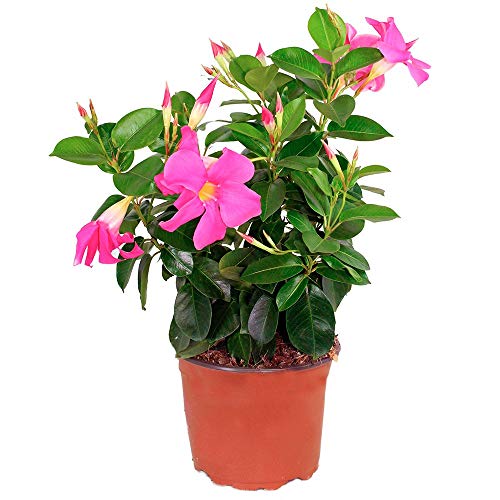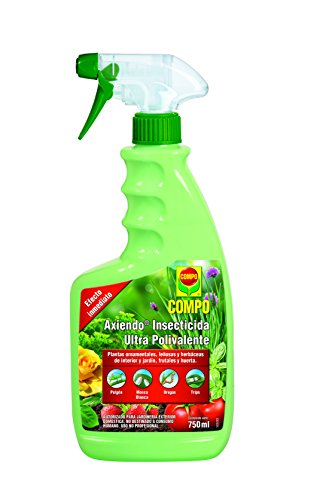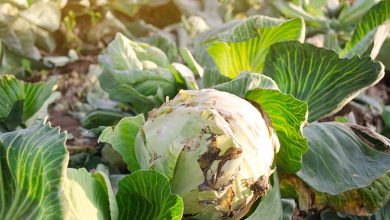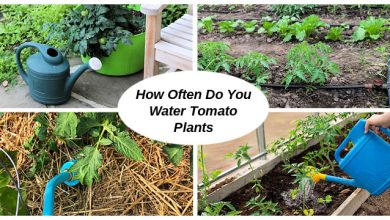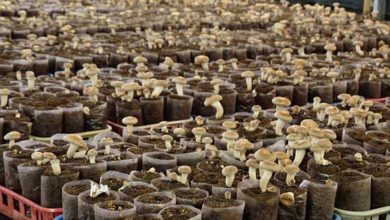Dipladenia: [Cultivation, Irrigation, Care, Pests and Diseases]
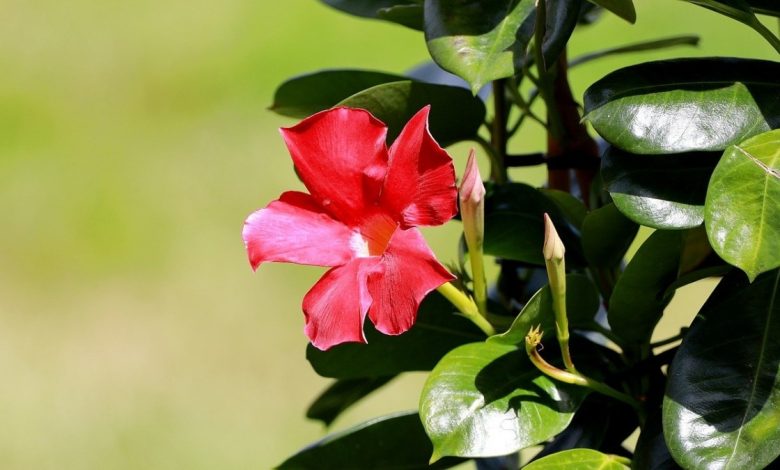
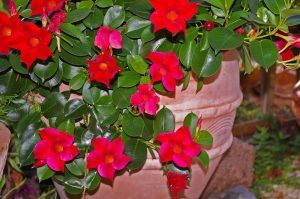 The dipladenia is a plant species that develops very beautiful flowers with which it is possible to decorate any interior or exterior environment.
The dipladenia is a plant species that develops very beautiful flowers with which it is possible to decorate any interior or exterior environment.
Its plantation is usually done in pots, as it is easier to control the location to give it the best conditions.
Although it has certain demands to stay healthy and produce a great flowering, in general they are not very complicated to start.Do you want the best information to have dipladenia worthy of admiration?
Here we tell you everything you need to know.
Important points when planting dipladenia
- When? in autumn.
- Where? In pots to place it in the best conditions according to the time of year.
- How do we prepare the land? Good drainage, not very compact and with nutrients.
- How should we water? By drip.
- How often do you have to water? Up to 4 times a week during the spring and summer.
- What care do you need? Fertilizations, pruning, support to look like a vine.
- What pests and diseases does it have? Red spider, mealybugs, aphids and fungi due to excess moisture.
When to sow a dipladenia?
Both the planting and the transplanting of the dipladenia should be done in autumn, when its flowering time has ended.
Where to plant a dipladenia?
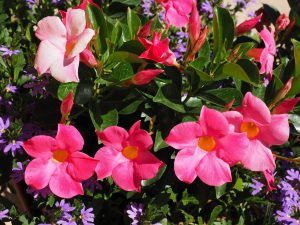 The most normal thing is to work the dipladenia in pots to facilitate the best location according to the time of year.During the winter, it needs to be very protected from frost because it does not tolerate it.
The most normal thing is to work the dipladenia in pots to facilitate the best location according to the time of year.During the winter, it needs to be very protected from frost because it does not tolerate it.
In the summer, it must be kept in a space with a good level of humidity and where it also receives sunlight and there is air flow.
In areas where the temperature remains more or less warm throughout the year, it will be possible to take advantage of outdoor planting and thus decorate the garden.
How to prepare the land?
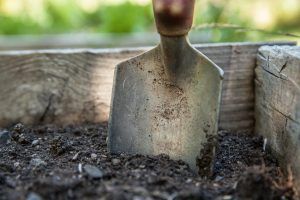 The land for dipladenia must meet three mandatory characteristics: have good drainage, not be very compact and have nutrients.
The land for dipladenia must meet three mandatory characteristics: have good drainage, not be very compact and have nutrients.
The addition of compost or any other organic fertilizer will help turn a poor soil into one rich enough for this species.
In the case of drainage and lightness, it will be easy to work by adding coconut fiber or sand to the substrate chosen for planting, since the most common is to use pots.
How do we water dipladenia?
 Watering should be done constantly but moderately with the help of a gardening watering can. That is, by drip .
Watering should be done constantly but moderately with the help of a gardening watering can. That is, by drip .
The idea is to maintain balance throughout the space where it is planted, so attention must be paid to each area to avoid dry areas and others that are very wet.
The dipladenia is capable of tolerating small spaces of drought but in no way accepts waterlogging.
How often to water dipladenia?
The waterings have to be constant, up to 4 times a week, during the summer and spring. In autumn and winter it is not necessary to add so much water and once a week it will be more than enough.
How to sow a dipladenia step by step?
Dipladenia is used to reproducing by cuttings to improve its success rate.In some cases the seeds can be effective but they are not so recommended.
- Select a plant that is healthy and has stems with a semi-woody structure.
- Cut stems of about 15 centimeters in length and clean them of any traces of earth or dirt that they may have with running water.
- Remove the leaves, leaving the newest ones on top. Ideally, there should be 2 or 3.
- Fill a pot with 2 layers of substrate . The first will be pebbles that facilitate drainage and the second gardening soil with nutrients.
- Dip the base of the cutting in rooting hormone and bury it in the pot about half its height.
- Add a thin layer of compost around the cutting . This technique will help provide more nutrition and also protect the cutting from moisture loss.
- Water sparingly until you notice the water coming out from under the pot.
- Place the pot in a bright place , without direct sun, with good ventilation and water frequently.
- Transplant to a larger pot when you notice that the seedling already has a considerable height.
What care does dipladenia need?
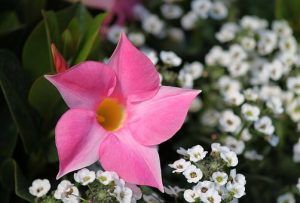 Dipladenia develops in the form of a climber or can also be creeping. In the first case it is necessary to place tutors to help it expand .
Dipladenia develops in the form of a climber or can also be creeping. In the first case it is necessary to place tutors to help it expand .
The most common is that they are planted in pots, so it will be necessary to choose an appropriate one so that it can develop without setbacks.
In the case of planting it in the garden, care should be aimed at preventing it from reproducing in size without control.You also have to take care that it does not affect the correct development of other plant species that you have in your vicinity.
Fertilizations should be based on a high phosphorus content to help a better flowering.These should be applied fortnightly throughout the spring and summer, starting just after the first buds appear.
Finally, pruning is an action that effectively stimulates the best blooms.
This should be applied after a cycle has ended, making sure to remove wilted, damaged, dry or diseased parts. In the early stages of growth it is very useful to pinch the new shoots so that they expand much more.
What pests and diseases affect dipladenia?
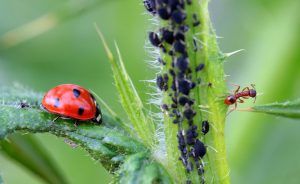 Being a flowering plant, the dipladenia is a center of interest for many types of pests, the main one being the red spider .
Being a flowering plant, the dipladenia is a center of interest for many types of pests, the main one being the red spider .
However, damage caused by aphids and mealybugs can also be found.
In the case of diseases, some fungi can establish themselves when the plant is weak due to excess moisture or lack of ventilation.The beauty of the dipladenia bloom is what has helped increase its popularity.
Its main negative aspect is that it has a certain level of toxicity, so its consumption must be carefully controlled.In the same way, you have to be careful when handling the stems because they have latex, especially when applying pruning.

